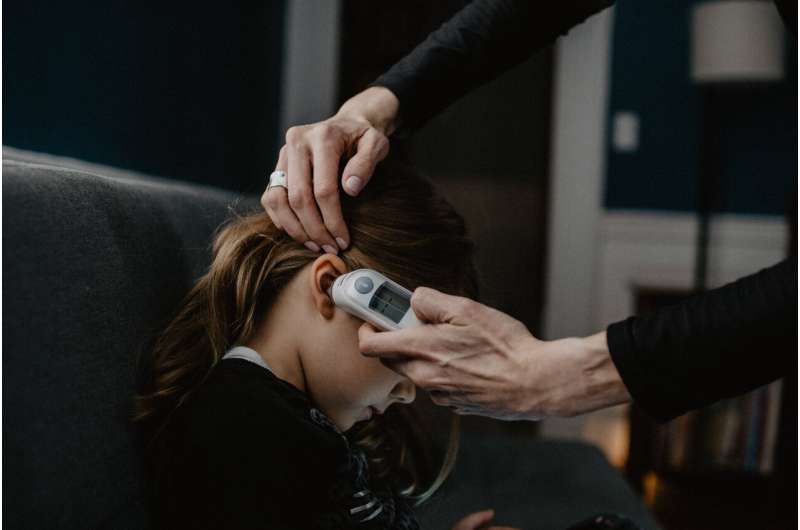Combining Incentives, Text Reminders, and Community Engagement Significantly Improves Child Immunization Rates

A groundbreaking study from MIT reveals that integrating incentives, text reminders, and community outreach can dramatically improve childhood immunization rates in India with cost-effective strategies.
Low vaccination rates among children continue to pose a global health challenge. Recent research conducted in India highlights the effectiveness of a cost-efficient approach that leverages behavioral nudges to increase immunization coverage. The study, led by economists from the Massachusetts Institute of Technology (MIT), demonstrates that a strategic combination of financial incentives, automated text message reminders, and local community ambassadors can lead to a substantial rise in immunization rates.
The experiment, carried out over more than 900 villages in Haryana, India, from 2016 to 2019, tested 75 different combinations of these intervention components. The researchers developed an innovative analysis method called treatment variant aggregation (TVA), which systematically evaluates the impact of each combination and component, accounting for the complexities of social science data. Their findings reveal that when all three elements are combined—financial incentives, reminders, and local ambassadors—child immunization rates increase by approximately 44%. Even without offering monetary rewards, the use of SMS reminders and community engagement alone results in about a 9% increase, marking it as a highly affordable strategy.
"The most effective approach includes incentives, reminders, and community ambassador efforts," explains MIT economist Esther Duflo. "This approach is not only low-cost but also makes better use of existing immunization infrastructure, which reduces overall costs. Interestingly, even when incentives are omitted, social network-based reminders can still significantly boost immunization rates."
The research also introduces a novel methodological framework that evaluates multiple combined interventions simultaneously, moving beyond traditional single-treatment trials. This method allows policymakers to identify the most impactful combinations efficiently, providing actionable insights for health programs.
Low immunization coverage remains a critical issue, with only 62% of children in India fully vaccinated as of 2016. Previous studies by the same team showed that small incentives like lentils could dramatically increase vaccination uptake in rural regions. Building on this, the current large-scale trial emphasizes how multifaceted strategies can accelerate progress, particularly in areas with low baseline immunization rates.
Overall, the study suggests that policymakers should adopt integrated approaches—combining financial, informational, and social strategies—to much more effectively improve vaccination coverage. The innovative TVA method holds promise for broader applications in health, development, and social policy research.
For more details, access the full study here: Econometrica article.
Stay Updated with Mia's Feed
Get the latest health & wellness insights delivered straight to your inbox.
Related Articles
AI-Enhanced CRISPR Accelerates Development of Gene Therapies
Stanford researchers have developed CRISPR-GPT, an AI tool that simplifies gene editing design, accelerating the development of gene therapies and making genome editing more accessible across various industries.
Economic Burden of RSV Infections in Children Requiring Primary Care Across Europe
A European study reveals the significant economic burden of RSV infections in children treated in primary care, highlighting variations across countries and implications for immunization strategies.
Benefits of Shortened Dual Antiplatelet Therapy After Coronary Bypass Surgery
A new study reveals that a shorter, three-month dual antiplatelet therapy regimen after coronary bypass surgery maintains graft health while reducing bleeding risks, offering a promising strategy for patient safety.
T Cells Could Enable Early Detection of Parkinson's Disease Years Before Symptoms Appear
New research reveals that T cell responses to key proteins could serve as early biomarkers for Parkinson's disease, appearing years before clinical symptoms.



